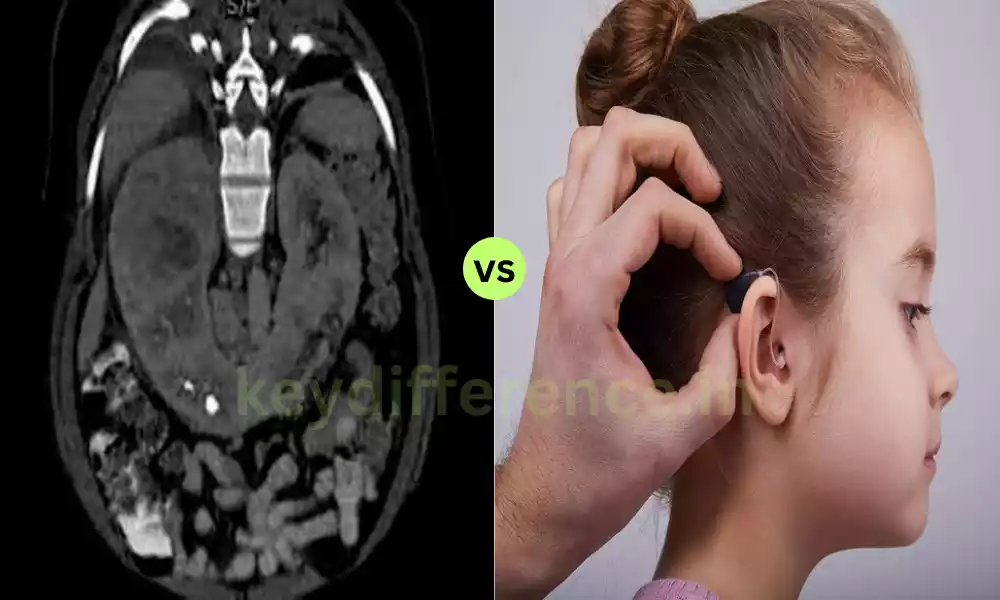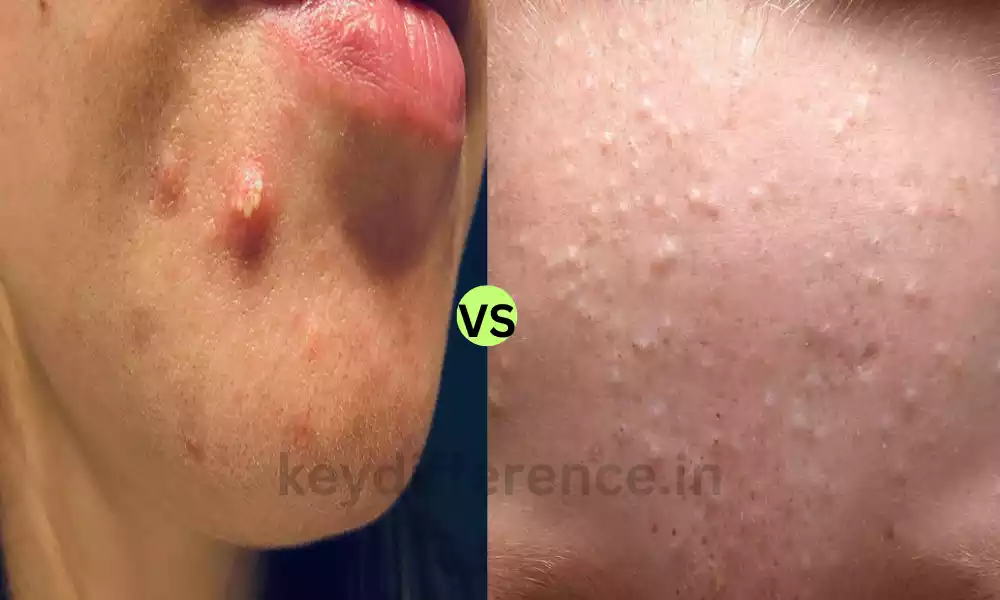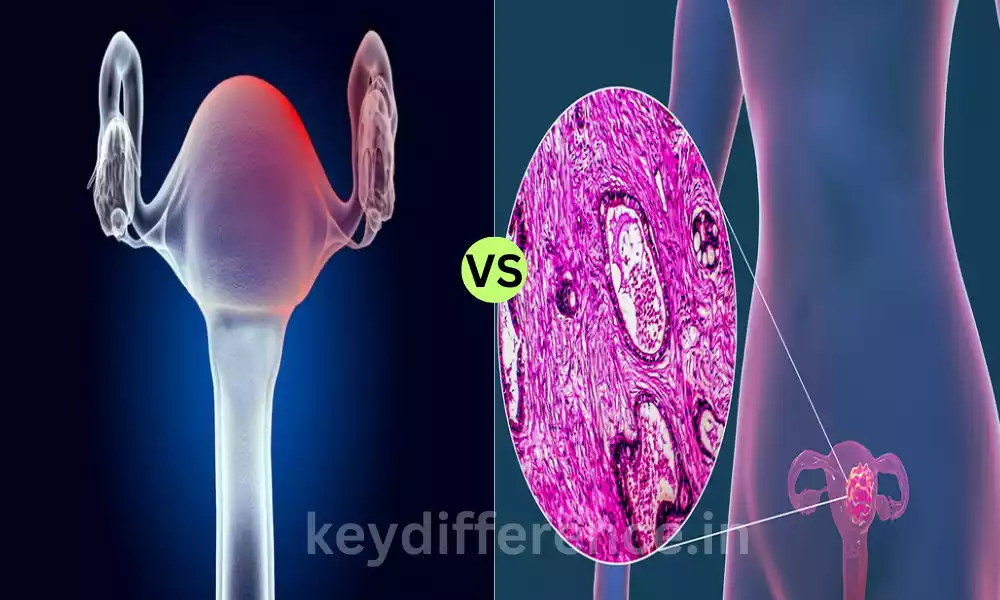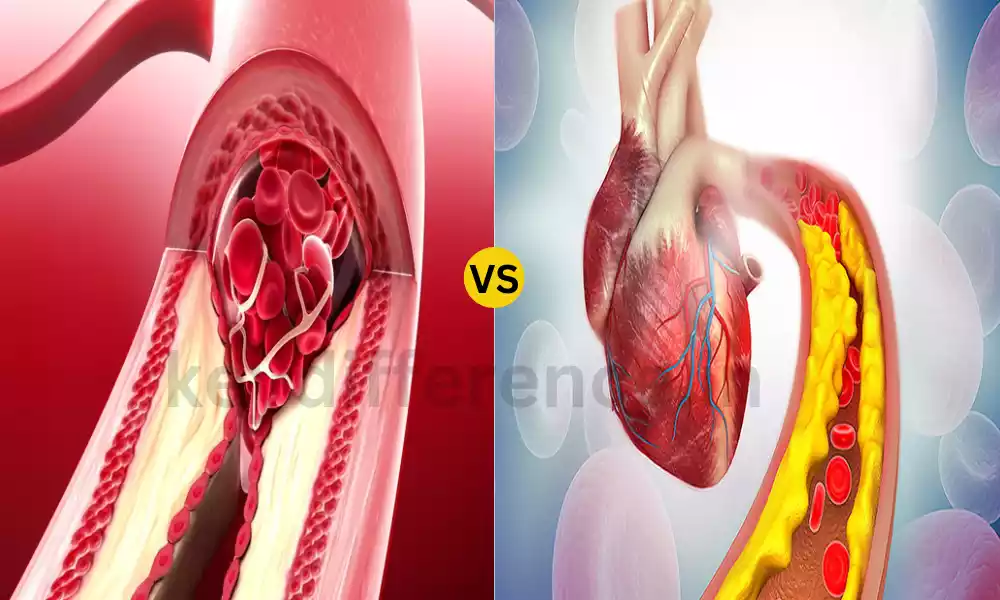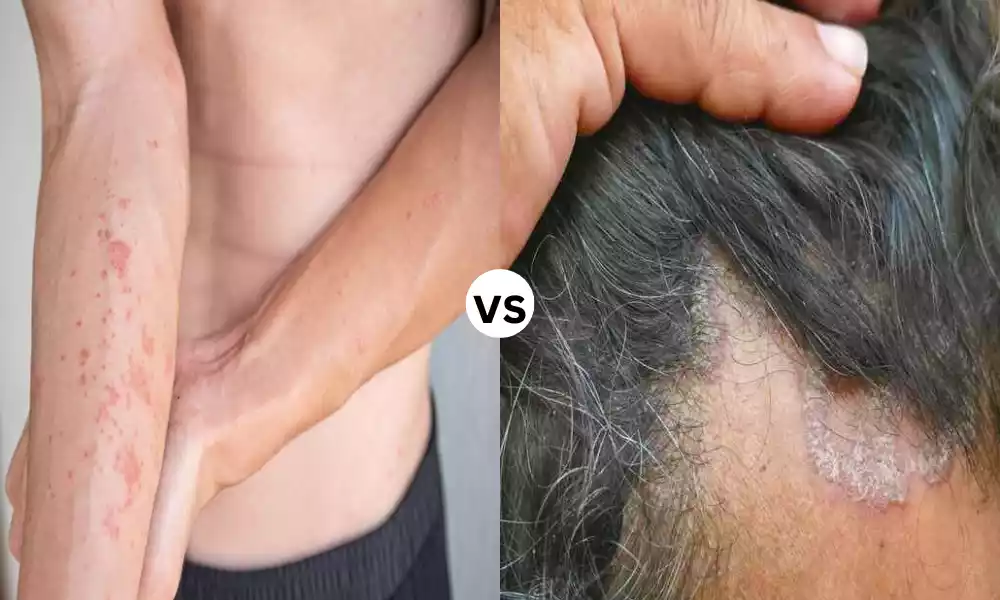Agenesis as well as atresia comprise distinct but frequently related medical conditions that result in developmental issues within the body of a person.
Understanding the distinctions between agenesis and atresia is essential for doctors as well as patients since it influences the diagnosis, treatment options, and general health outcomes.
We will discuss the definitions of the terms, their causes, and examples of clinical consequences, methods for diagnosing, and the major distinctions between the two conditions while shedding some light on their distinctive traits and commonalities within the field of medical science.
Definition of agenesis
Agenesis is a medical term that is used to refer to the total absence or lack of the development of an organ structure or even tissue inside the body. The absence of a particular organ, structure, or tissue is usually congenital, which means it is a part of the fetal development and can result in the affected area lacking or underdeveloped.
Agenesis can affect a variety of body parts, including teeth organs, and limbs, or even limbs as well as its symptoms and outcomes can vary based on the place and function of the underdeveloped or missing structure.
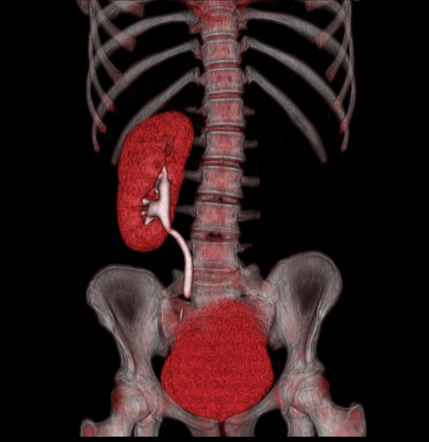
Definition of Atresia
Atresia refers to a medical term that describes the congenital or acquired deficiency or any abnormal narrowing of the natural passageway or opening in the body.
This can lead to blocking of a portion or all of the affected area, which prevents the normal flow of fluids or other substances through it. Atresia may occur in many anatomical structures, including blood vessels the digestive tract, or the urinary tract.
It is often a requirement for surgical or medical intervention to reopen or clear the obstruction to allow the normal function of any organ.
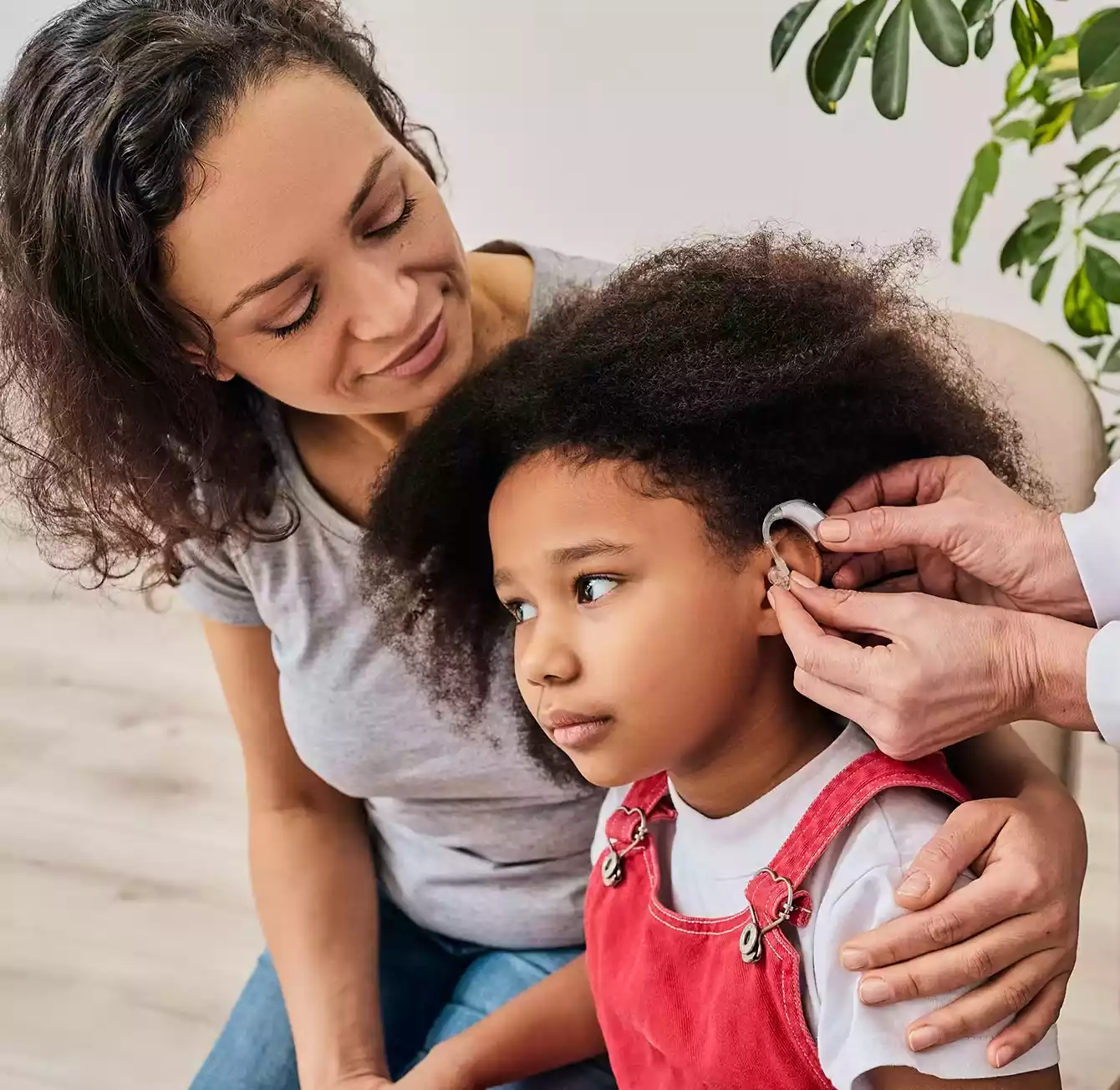
Comparison Table of Agenesis and Atresia
Here’s a comparison table highlighting the key differences between agenesis and atresia:
| Aspect | Agenesis | Atresia |
|---|---|---|
| Definition | Complete absence or underdevelopment | Absence or abnormal narrowing |
| of an organ or structure. | of a natural passage or opening. | |
| Causes | Genetic and environmental factors. | Developmental or acquired factors, such as infections or inflammation. |
| Examples | – Tooth agenesis- Renal agenesis | – Esophageal atresia- Biliary atresia |
| Clinical Implications | Vary depending on the affected organ or structure. May lead to health consequences. | Obstruction of bodily functions, often requiring medical or surgical intervention. |
| Diagnostic Methods | – Medical imaging (e.g., X-rays, MRI) – Genetic testing | – Imaging techniques (e.g., X-rays, ultrasound) |
| Similarities | – Impact on organ development and function- Potential need for medical or surgical interventions | – Diagnostic challenges related to identifying and assessing the extent of the blockage- Possible need for medical or surgical interventions |
This table provides a concise overview of the main differences and some commonalities between agenesis and atresia, helping to distinguish these two medical conditions.
Significance in medical and anatomical contexts
Agenesis and atresia are two important concepts in anatomical and medical contexts because of their significance for treatment, diagnosis, and the overall understanding of human health and development.
Significance of Agenesis:
- The Developmental Mindset: Agenesis provides insights into the normal processes involved in the development of organs and tissues. Researching the causes of agenesis aids medical researchers and scientists in knowing how these structures develop and function in the fetal stage of development.
- Assessment Importance: Agenesis could have a significant impact on the health of an individual. Early detection of agenesis with diagnostic tools could lead to the right treatments for medical or surgical issues to address the health concerns.
- Genetic Insights: Agenesis is usually caused by genetic factors. The identification of specific genetic mutations linked with agenesis may aid in genetic counseling as well as the development of possible treatments or preventive measures for those affected or their loved ones.
- Clinical Concerns: Healthcare professionals must be aware of the genesis of their teeth in making treatment decisions. For instance, in the field of dentistry, the understanding of tooth agenesis is vital for planning and orthodontic health management.
Significance of Atresia:
- Obstructive Disorders: Atherosia typically involves narrowing or obstruction of natural passageways or openings in the body. This can have severe consequences for bodily functions, including digestive function (esophageal atresia) or the flow of bile (biliary atresia).
- Surgery: Many cases of atresia need surgical intervention to remove or fix the obstruction to the passageway. Understanding atresia is crucial for doctors and healthcare teams to plan and carry out the procedures with success.
- Diagnostic Problems: Identifying and characterizing atresia with precision can be a challenge. The key is developing and improving diagnostic tools including endoscopy and imaging, to evaluate the severity and extent of the obstruction.
- Research and treatments: Ongoing research into the causes and treatment of atresia disorders can result in improved treatments and outcomes for those affected. This is especially relevant in the case of congenital atresias, for which early intervention is essential.
The two conditions, agenesis and atresia have significant roles to play in the field of anatomy and medicine. They are integral to our understanding of the development process as well as genetics and the challenges of diagnosing.
Their clinical significance is in their early detection of the condition, proper management, and continuous research to improve the quality of care provided to patients affected by these diseases.
Current research and advancements related to agenesis
At the time of my last knowledge report in the month of September 2021, there were ongoing research projects and numerous notable advances related to Agenesis in different fields of medicine and genetics.
Please note that the information below may not reflect the most current advancements in the area. It is essential to read the latest research publications and research databases to get the most current information. Below are some areas of research and advances that are related to agenesis
- Genetic Discoveries: Research into genetics is a major factor in the understanding of the causes of the agenesis. The advancements in genomic sequencing technology have enabled scientists to pinpoint specific genetic mutations linked to different types of Agenesis. These discoveries aid in an understanding of the genetic causes of agenesis and could provide better genetic counseling and therapeutic treatments.
- Stem Cell Research: Researchers have explored the potential of stem cell therapies for the process of regenerating or replacing lost or damaged organs or tissues in the event of Agenesis. Although the field is in its beginning stages, it is promising for the future of treatments.
- Orthodontic as well as Dental Advances: Tooth agenesis, which is the most common type of agenesis has seen improvements in orthodontic treatments as well as dental implants. Dentists and orthodontists continue to come up with innovative ways to control tooth agenesis including orthodontic treatment and the use of prosthetics or dental implants to enhance oral function and appearance.
- Patient Advocate and Support: Innovations in communication and support networks for patients have allowed patients with agenesis to connect with others who face similar struggles. Advocacy and online communities provide information, resources as well and emotional assistance for patients and their families.
- Regenerative Medicine: Some research in regenerative medicine is focused on the engineering of tissues as well as 3D printing of deficient or damaged tissues or organs. Although this area is still currently in its experimental phase it could be able to provide novel solutions to issues related to agenesis.
- Prenatal Diagnosis Modern advances in screening techniques for prenatal babies and diagnostic methods like the use of ultrasound as well as genetic tests have made it easier to identify agenesis during the uterus. Early diagnosis can aid parents and healthcare providers in planning for the child’s medical and treatment requirements.
- Legal and Ethical Considerations: Research in the ethical and legal aspects of agenesis-related healthcare and treatment continues. These include discussions on topics such as informed consent access to medical interventions and equitable distribution of healthcare.
Remember that research in agenesis is constantly evolving, and there may be new discoveries that are occurring between my previous update.
Researching the medical literature, databases of genetics, and academic journals is recommended to keep up-to-date with the most recent developments and research in the area of Agenesis.
Current research and advancements related to atresia
At the time of my last report in the month of September 2021, there was a lot of research ongoing and different advancements related to atresia, especially in fields like the field of pediatric surgery, gastroenterology, and genetics.
But, the field of medicine is ever-changing and there are many new developments that could be occurring since then. Here are a few areas of research and advances in the field of atresia.
- Surgery Techniques: Modern advances in child surgery techniques have helped improve the results of surgery to treat atresia-related issues. Minimally invasive procedures like laparoscopy and endoscopy, are becoming more commonplace to reduce the risk of procedures and speed up recovery.
- Neonatal care: Neonatal intensive units (NICUs) make major advances in providing care for babies with atresia-related problems by providing specific services and assistance to increase the survival rate and long-term outcomes.
- Biliary Atresia Research: Biliary atresia is one typical type of atresia that impacts the bile drains. The ongoing research aims to determine the root causes of this condition and to develop better diagnostic tools. Furthermore, advancements in liver transplantation techniques have greatly improved the outcomes of children with an extremely high biliary apex.
- Esophageal Atresia Treatment: The research continues to concentrate on enhancing the treatment and care of infants born with esophageal Atresia. New surgical procedures, like the Foker procedure, were designed to lengthen the esophagus, especially in cases of severe.
- Prenatal Diagnosis: Modern advances in prenatal imaging technology including the fetal MRI as well as ultrasound have improved the capability to detect atresia-related problems during pregnancy. Early diagnosis provides better prenatal counseling as well as preparation for specialized treatment after the birth.
- Genetic studies: Genetic research plays an essential part in understanding the root causes of a variety of atresia-related disorders particularly those that have genetic components. The identification of genetic markers could result in improved diagnostic accuracy and individualized treatments.
- Food and Nutritional Assistance: Nutritional management for infants and children suffering from atresia-related illnesses has been improved through the advancement of special food preparation techniques and nutritional formulas that are designed to meet specific requirements.
- Long-Term Follow-up: Researchers are studying long-term outcomes and the quality of life for people who have had surgery or treatments for atresia-related ailments to determine the potential issues and areas of improvement in long-term health care.
- Patient Support and Advocacy: Parent and patient advocacy groups have risen in size and influence and provide important support, resources, and a sense of belonging for families and individuals who are affected by the condition of atresia.
It is important to note that developments in medical research always changing, so it is vital to keep up-to-date with research and medical literature to be aware of the latest advancements in atresia as well as related disorders.
Also, talking to medical professionals who specialize in these ailments can give you current details and advice.
Similarities Between Agenesis and Atresia
While atresia and agenesis have distinct health conditions that have significant differences, they have a few similarities, especially in the way they affect the development of organs and their function as well as their diagnostic issues, and the possible need for surgical or medical interventions.
These are the main similarities between atresia and agenesis:
- Developmental Abnormalities: Agenesis and atresia both result from developmental issues that could be observed during the fetal stage of development. These defects can lead to abnormalities in the structure of the body.
- Influence on organ function: Both conditions may greatly affect the normal functioning of organs and systems. Agenesis is caused by the complete absence or insufficient development or degeneration of organs, as well as atresia that blocks the opening or passageway, which could hinder the organ’s capacity to perform the function it was designed to perform.
- Diagnostic challenges: Diagnosing agenesis and atresia can be a challenge. In both instances, specialist diagnostic tools, like medical imaging, and in some cases genetic testing are typically required to evaluate the extent and severity of the disease.
- Potentially need for Surgical or Medical interventions: Many times atresia and agenesis require medical or surgical intervention to deal with the health problems. For instance, the use of surgery could be necessary to remove an atresia-related blockage or repair a weak or damaged structure.
- Congenital Nature: The conditions of atretic or genetic origin usually present at the moment of birth (congenital). They can be identified very early in life by screening for prenatal issues or soon after birth and could require continual medical treatment throughout the course of a person’s life.
- Effect on quality of life: Both of them could have a major impact on a person’s health and quality of life, based on the extent and location of the issue. Treatment and management strategies are designed to improve an individual’s general well-being and functioning.
- Interdisciplinary care: Diagnostic and treatment of agenesis as well as atresia typically involve the help of a multidisciplinary team of health professionals which includes surgeons, pediatricians as well as genetic counselors, radiologists, and other specialists to provide complete medical care.
It is important to remember that although there are some resemblances the specific features of the causes, effects, and symptoms of atresia and agenesis can differ widely based on the organ affected or the structure.
Thus, the method of diagnosis treatment, and management can differ considerably between these two conditions.
Diagnostic challenges and techniques
Both agenesis and atresia pose problems in diagnosing due to their effect on organ function and development. An accurate diagnosis is vital to ensure the proper medical or surgical treatments.
Here are some challenges to diagnosing and methods related to agenesis and atresia:
Diagnostic Challenges:
- Asymptomatic Presenting: Agenesis and atresia can be unasymptomatic or show minor symptoms, which makes diagnosis difficult without specialist testing.
- Variable presentation: The clinical presentation is a variable matter, depending on the organ or structure that is affected and its severity. problem. This variation can make diagnosis more difficult.
- Age at Onset: Certain cases of atresia and agenesis may not be evident till later on in the life span, which can lead to the diagnosis being delayed.
- Concomitant Conditions: Agenesis or atresia may occur in conjunction with other congenital anomalies, or medical conditions, which can complicate the diagnosis process.
- Limited Prenatal Detection: While certain cases can be identified through the ultrasound of prenatal babies or through imaging, however, not all cases can be discernible prior to birth.
Diagnostic Techniques:
- Medical imaging: imaging techniques have an important role in the diagnosis of agenesis and atresia. Various modalities include:
- X-rays are useful for observing the skeletal structure and some soft tissue disorders.
- Ultrasound is often employed for the detection of pregnancies as well as to evaluate pelvic and abdominal structures.
- Magnetic Resonance Imaging (MRI) provides high-quality photographs of the soft tissues. It is useful in assessing the spinal cord, brain, and internal organs.
- The Computed Tomography (CT) scan offers detailed cross-sectional scans and is especially useful for evaluating bony structures and abnormalities in vascular structures.
- Endoscopy: endoscopic techniques, like esophagoscopy bronchoscopy, or colonoscopy, may aid in the diagnosis of atresia-related issues in the digestive and respiratory tracts.
- Genetic Tests: Genetic testing may be utilized to detect specific genetic mutations that can be linked to atresia or agenesis, specifically when a genetic element is believed to be involved. The methods include DNA sequencing and chromosomal analysis.
- Histopathology: Histopathological and tissue biopsies examination of the affected tissue or organs may provide useful diagnostic information, especially when the reason is not known.
- Functional Testing: Functional tests, like imaging studies, with contrast agents or other physiological tests, are utilized to evaluate the capacity to function of the organs that are affected. For instance, swallow studies using barium may help in diagnosing esophageal atresia.
- Cclinical evaluation: A comprehensive clinical assessment, that includes a thorough physical and medical history is vital to identify clinical signs and symptoms that may be associated with atresia or agenesis.
- Prenatal screening: For cases where there is a suspicion of congenital anomalies prenatal screening and tests with fetal ultrasounds that are detailed and genetic tests, may aid in determining agenesis or atresia that occurred prior to the birth.
- Multidisciplinary evaluation: In complex cases, it is possible to have a multidisciplinary team made up comprising specialists, such as radiologists, pediatricians, surgeons, and genetic counselors could collaborate to come up with an accurate diagnosis and decide on the most appropriate treatment strategy.
The selection of a diagnostic method is dependent on the suspected disease the organ or system the patient’s age and the signs and symptoms. An accurate and timely diagnosis is vital to start the appropriate treatment and help for those affected by agenesis and atresia.
The potential need for medical or surgical interventions
The possibility of needing medical or surgical procedures for cases of agenesis or atresia varies depending on the disease, its severity and its impact on the individual’s health as well as the quality of their life.
Here’s a brief overview of the possibilities for these interventions:
Agenesis:
- Medical Interventions:
- In certain instances, agenesis doesn’t need urgent medical or surgical intervention, if the affected area doesn’t result in major health issues or discomfort.
- Medical management can include monitoring, preventive treatment as well and supportive therapies to deal with any problems or signs. For instance, people who suffer from tooth agenesis might receive prosthodontic or orthodontic treatment.
- Surgical Interventions:
- The surgical treatment for agenesis is more rare than atresia. In certain instances, surgical procedures, such as reconstructive or corrective, might be considered in order to improve the functionality or appearance. For example, the surgical reconstruction of the genitalia that is not developed or missing may be carried out in the case of certain congenital anomalies.
Atresia:
- Medical Interventions:
- Medical management usually involves stabilization as well as supportive care for patients suffering from atresia-related ailments.
- In the case of esophageal atresia, the medical treatment may involve placing a feeding tube in the stomach, or into the small intestines to supply nutrition until surgery can be completed.
- Surgical Interventions:
- Surgery is often the main treatment for atresia-related disorders. The exact procedure to be used depends on the area and type of atresia.
- In the case of esophageal atresia surgery repair is the process of connecting the parts of the esophagus and in cases of biliary atresia liver transplants may be necessary if non-surgical treatments aren’t working.
- The goal of surgery is to fix the obstruction, return to normal function, and increase overall quality of life and overall health.
- long-term care: Following surgical procedures patients with atresia could require follow-up care over the long term which includes monitoring for possible complications, nutrition support, and addressing any development or functional problems that might develop.
It is important to remember that the necessity for surgical or medical interventions differs for every patient and is influenced by a variety of factors like the nature and the seriousness of the disease as well as the age of diagnosis and the presence of any associated complications.
The healthcare team comprising pediatricians, surgeons as well and other experts, plays crucial roles in evaluating the individual requirements of each patient and establishing a customized treatment plan to improve their health and overall well-being.
Reference Books
Certainly! Here are some reference books across various subjects that are highly regarded for their depth of knowledge and authority in their respective fields. Keep in mind that my knowledge is up to date only as of September 2021, so there may be newer editions or titles available now:
General Reference:
- “Encyclopedia Britannica” – A comprehensive general encyclopedia with articles on a wide range of topics.
Science:
- “The Feynman Lectures on Physics” by Richard P. Feynman – A classic physics reference based on lectures by Nobel laureate Richard Feynman.
- “CRC Handbook of Chemistry and Physics” – A go-to reference for chemical and physical data.
Medicine:
- “Harrison’s Principles of Internal Medicine” – A well-regarded medical reference for internal medicine.
- “Gray’s Anatomy” by Henry Gray – A classic anatomy reference used by medical professionals and students.
Mathematics:
- “Principles of Mathematical Analysis” by Walter Rudin – An essential reference for real analysis in mathematics.
- “The Art of Computer Programming” by Donald E. Knuth – A comprehensive work on computer programming and algorithms.
Conclusion
Reference books are indispensable sources across a variety of disciplines, providing extensive information, data, and knowledge. It doesn’t matter if it’s the fields of medicine, science, literature history, or any other field, these books serve as a solid basis for study, research, and exploration.
But as the field of knowledge develops and technology advances, it is essential to supplement these references with the most current online resources and scholarly publications to keep up-to-date in a constantly changing world of information.

